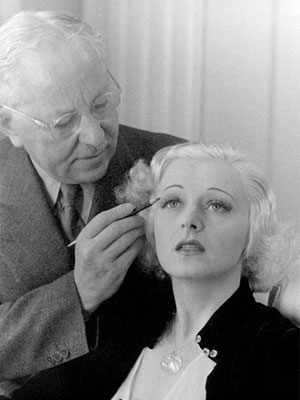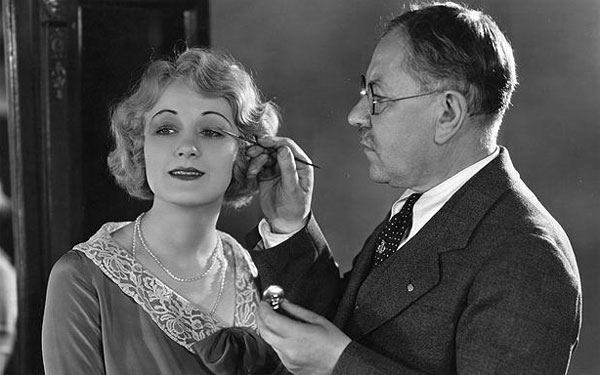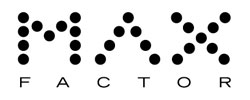Max Factor Perfume House History
History of fragrance and perfumes by Max Factor

Excerpt from an editorial by David DeNicolo, The Face Makers.
Max Factor was the first to use the work "makeup" for a product -- and that's just a small taste of his influence. A refugee from Russia at the start of the twentieth century, Maximilian Faktorowicz ended up in Hollywood, where his creativity blossomed in the hothouse of a new and expansive medium: motion pictures. Before he came along, actors applied crude homemade pastes of lard, cornstarch, brick dust, and paprika that looked unnatural and promptly melted under studio lights. Factor set to work and quickly fixed the problem. In 1938, he introduced the best heat-sensitive matte foundation, Pan-Cake, which became the industry standard. When released to the public, it was the fastest- and best-selling makeup of its time. But it was Factor's work as a makeup artist that really sealed his legacy. His contribution to the classic movie-star look began with Clara Bow's Pierrot lips and culminated in the ferocious glamour epitomized by Carole Lombard, Jean Harlow, and, more ferocious of them all, Joan Crawford. Countless fan magazines sold the fantasy of celluloid perfection to the masses, puntuated with ads for Max Factor of Hollywood products. Factor had created makeup as escapism, an idea as transformative as the magical journey from Kansas to Oz. And he brought that magic into women's everyday lives. A modernized version of Factor's aesthetic -- vivid lips; luxuriant lashes; perfected skin; shapely, arched brows -- is still the definition of meticulous glamour. An that's what you call a Hollywood ending.

Resources:
- DeNicolo, David. "The Face Makers." Allure Mar. 2011: 226-231.
View all Max Factor perfumes and fragrances

